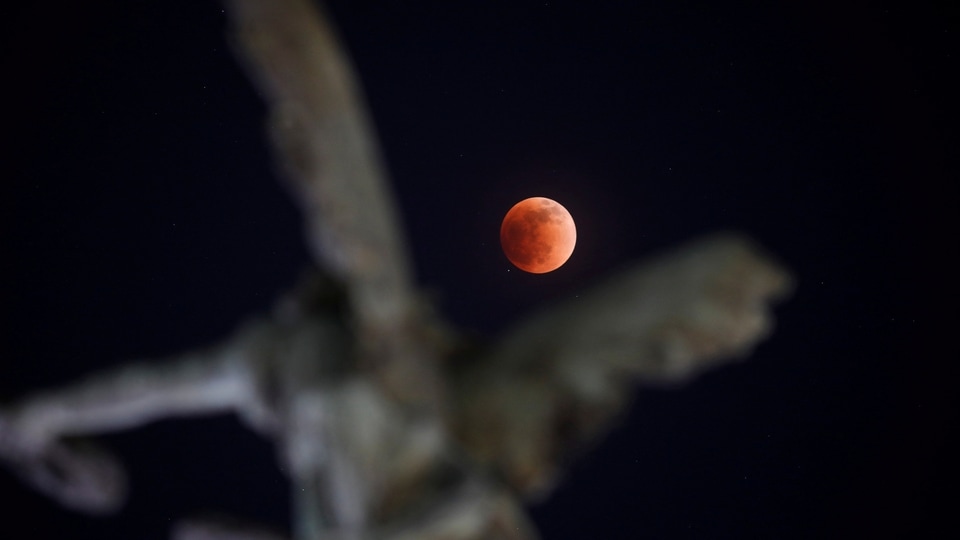In Pics: Moon to turn red this lunar eclipse 2022; know why Blood Moon rises
The moon is going to turn red during this total lunar eclipse, which is set to occur on November 8, 2022. Here is why.

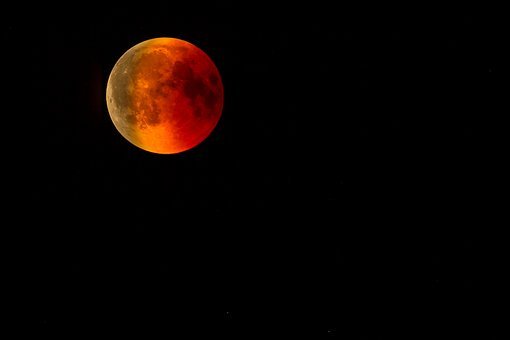
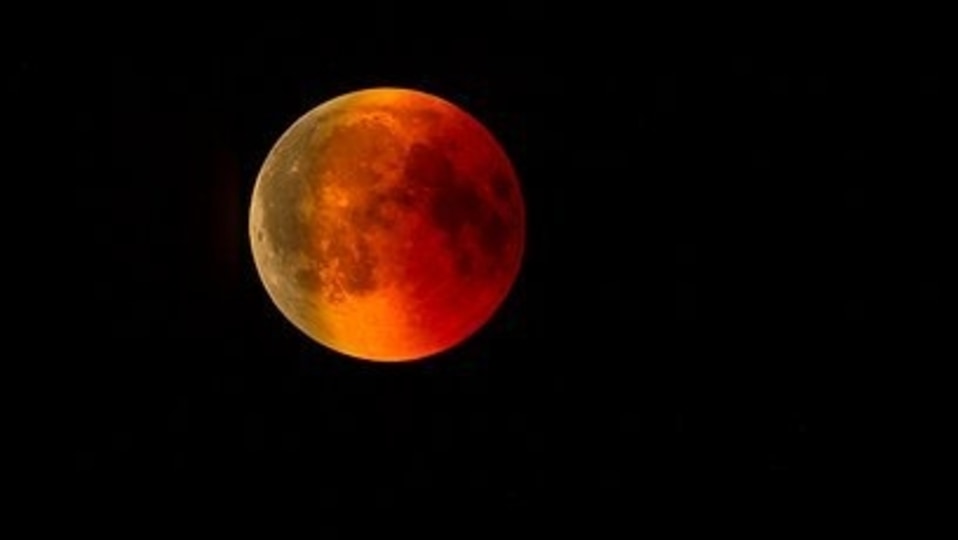
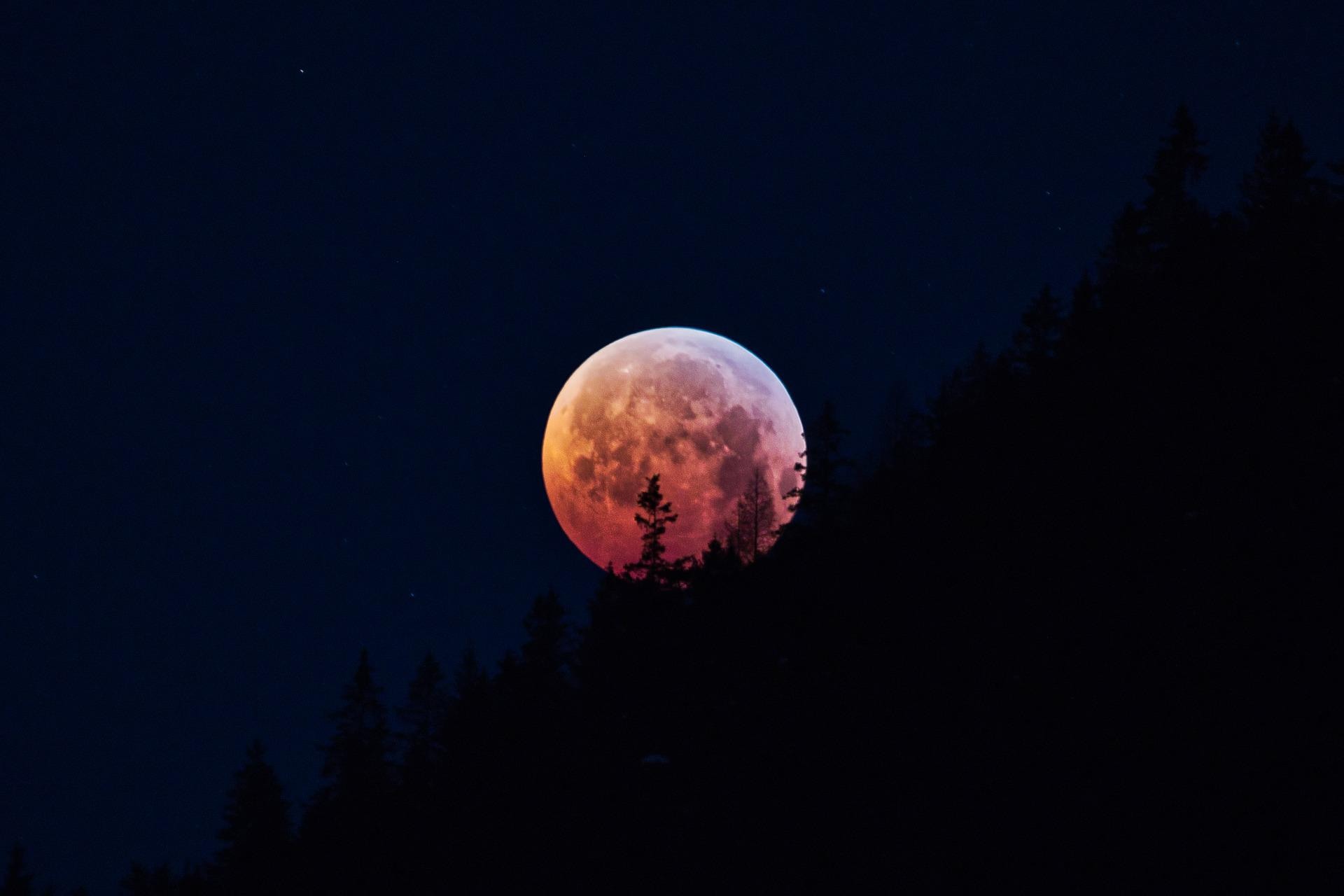
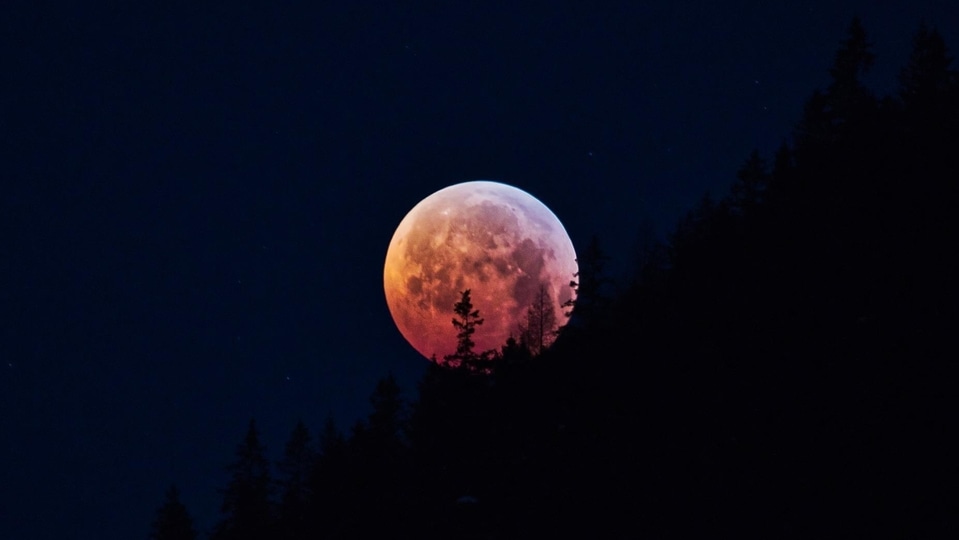
_1651891018983.jpg)
_1651891018983_1651891041408.jpg)
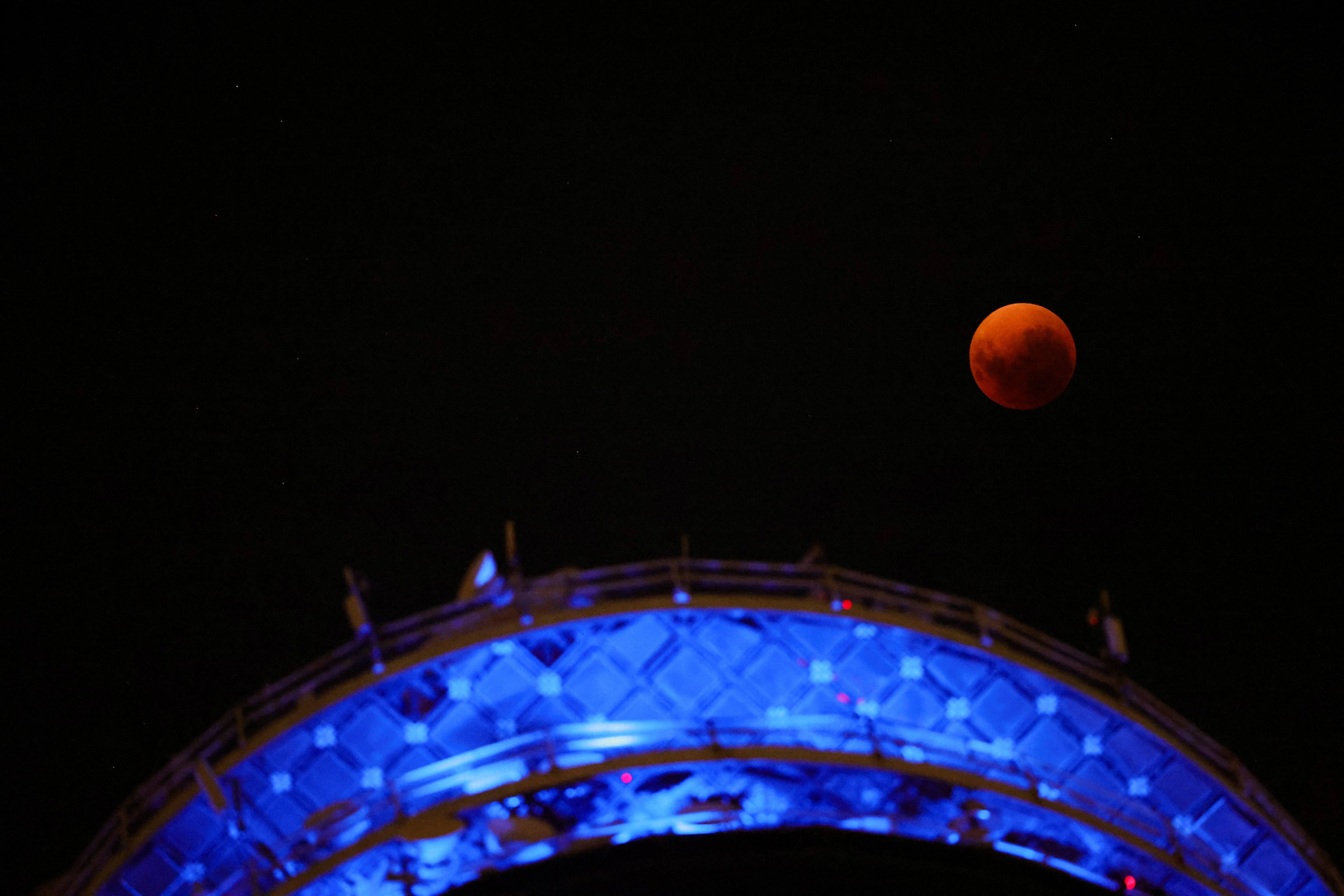

First Published Date: 28 Oct, 18:24 IST
NEXT ARTICLE BEGINS




